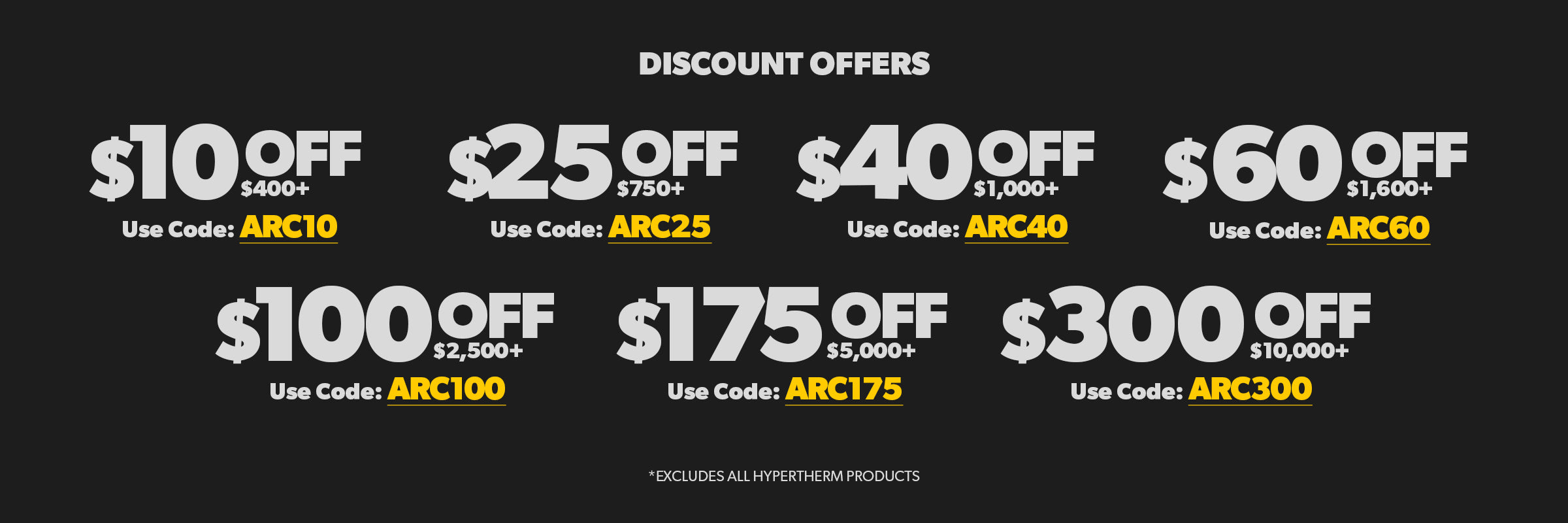 Take a hot glass pan, drop it into ice cold water. We all know what happens next, right? The glass cracks and splits apart in seconds, turning into a barrage of sharp, clear shards. So, what can you do to keep the glass from cracking? Obviously, don’t drop the glass in the cold water. Okay wise guy, let’s say the room you’re in is still very cold. What do you do then? Pre-heat the room to a warm temperature closer to that of the glass pan? Bingo. If you’ve ever used an oven before, you know this. The same general concept applies to pre-heating in welding.
Take a hot glass pan, drop it into ice cold water. We all know what happens next, right? The glass cracks and splits apart in seconds, turning into a barrage of sharp, clear shards. So, what can you do to keep the glass from cracking? Obviously, don’t drop the glass in the cold water. Okay wise guy, let’s say the room you’re in is still very cold. What do you do then? Pre-heat the room to a warm temperature closer to that of the glass pan? Bingo. If you’ve ever used an oven before, you know this. The same general concept applies to pre-heating in welding.
Let’s take our room and turn it into a cold piece of plate metal. When you make a weld, you’re placing metal heated to thousands of degrees onto that surface. It’s just like placing a hot glass pan in a cold room. If the temperatures between the two are drastically different, your weld will crack and split, often becoming very brittle. The solution is to reduce the difference in temperature between your weld and your workpieces.
The first step to pre-heating is deciding if you need to pre-heat at all. In many situations, the metal you’re using can generally sustain a drastically quick cooldown without any major problems. Here’s a generally list of characteristics that will increase the need to pre-heat your workpieces:
- The higher the speed of your weld
- The lower the temperature is of the pieces you are welding
- The greater the thickness of the pieces being welded
- The lower the temperature is of your workspace
- The lower your heat input
- The higher the carbon content of the steel
- The higher the alloy content of the steel
- The greater the difference in mass between the pieces being welded
- The more complicated the shape of your workpieces are
An important thing to note is that pre-heating is not needed for chrome-nickel stainless steel or nonferrous metals (nickel & nickel alloys). It’s also not necessary for aluminum or copper alloys. However, often welders will still warm these metals to around 200°F to remove moisture condensation. This brings us to the second benefit of pre-heating: removing hydrogen.
Hydrogen is the worst. It’s that already-used Band-Aid floating around a public pool. No matter what, it’s always going to be there. All you can do is stay as far away from it as possible. When hydrogen gets into your welds, it greatly increases the possibility of cracking. Before you begin welding, your work pieces will have small droplets of condensation (water) on their surfaces. Let’s say you don’t pre-heat. You come along with your welding gun at temperatures of 3000°F or over and zap! That condensation (water) is instantly vaporized into your welding pool along with all the chemicals it’s made of (a.k.a. hydrogen and oxygen).
By pre-heating your workpieces, you’re vaporizing all those tiny water droplets beforehand so they won’t be around to contaminate your weld pool. Furthermore, once your metal is heated, the temperature will actually prevent anymore condensation from happening on the surface of your workpieces.
Pre-heating is best done with the right equipment. Here’s a couple of our favorites to help you get started:




